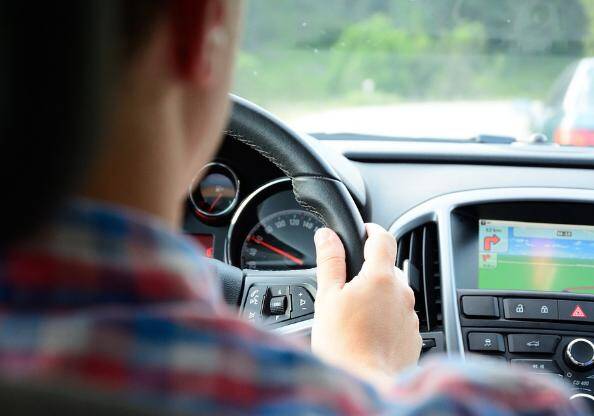Smart technology is already being used in cars, but we’re just at the very beginning. It’s a given that Over-the-Air (OTA) software updates for both drivers and automotive OEMs will be an integral part of new cars. The total vehicles predicted to have OTA map updates for example will exceed 32 million by 2022. New code and upgrades will be conveniently sent from the cloud to a car’s systems rather than demanding a drive to the dealer for needed updates. As the OTA leader, at Movimento we understand that there’s another aspect to this wireless technology that opens up an exciting new realm of benefits to the industry. It’s called bi-directional data flow.
With this data, car makers can react in real time to their customers to make vehicles better serve drivers. Examining this diagnostic info, manufacturers can see how their cars are being used, which can feed a continual improvement process to develop new features that customers want such as parking information or traffic updates.
Just like application updates do today, automotive software updates can fix areas of continual complaint, fix recalls, add newly requested options and most importantly, create happy, satisfied customers. Bi-directional data flow is similar to the system that Waze uses, which takes information from drivers about traffic congestion or accidents and feeds it back into the app to give users near real-time updates on what’s happening on the ground.
But, it does not make sense to gather all the data that a car could give us. In 2015, only 20% of cars have connectivity and according to Hitachi, connected cars will send twenty-five gigabytes of data back to the cloud every hour. Just think how much data we will have when all cars are connected! We don’t need and can’t handle this amount of data and besides, it’s costly. Valuable diagnostic and gathering tools will be needed to gather data and select the most relevant information and channel it in the right direction. It may give one OEM an opportunity to improve fuel efficiency through the latest and greatest releases, while information about user patterns and driving may give insurers more accurate insurance pricing.
In the future, data will go back to the cloud and give car manufacturers and app makers a world of information they can use judiciously and then feed it back to give drivers a superior driving and owning experience. The learnings from this information will feed back into cars giving us e.g. better braking systems, more options on music or infotainment.
Rather than the one-size-fits-all approach to consumer vehicles of the past, the software-defined car will give drivers a more personalized, functional automobile whose value is never static, but has the potential for process and product improvements into the future in a continuous loop.







